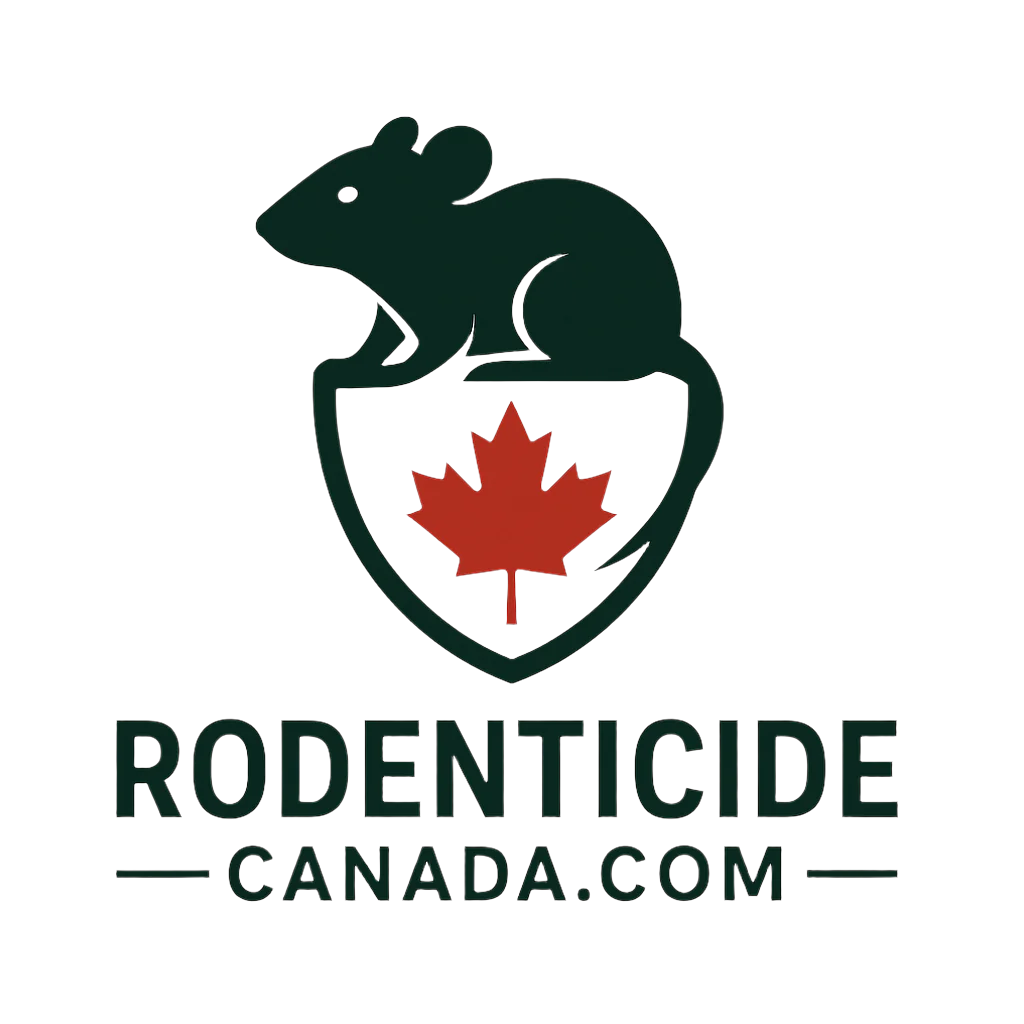Brodifacoum vs Difenacoum
Brodifacoum and Difenacoum: Strategic Choices in Rodenticide Use Depending on Environmental Context
Introduction In the world of rodent control, the choice of an effective rodenticide is crucial not only for achieving desired results but also for minimizing environmental impact. Among the various options, Brodifacoum and Difenacoum have emerged as preferred choices, each with its specific applications based on the presence or absence of non-target species in the area.
Brodifacoum: Effective in Isolated Environments Brodifacoum is known for its high potency and long-term effectiveness, making it a go-to choice in areas where the presence of non-target species is minimal or non-existent. It's a second-generation anticoagulant rodenticide that works by interfering with Vitamin K in the blood, leading to lethal hemorrhaging in rodents.
The strength of Brodifacoum lies in its ability to control rodent populations even with minimal bait intake, and it remains active in a rodent's system for an extended period. This makes it particularly useful in isolated or controlled environments like warehouses, industrial sites, or uninhabited lands where the risk to wildlife, pets, or humans is significantly lower.
Difenacoum: Safer Around Non-Target Species On the other hand, Difenacoum serves as a safer alternative in areas where non-target species are present. Although it's also an anticoagulant rodenticide, Difenacoum is less potent than Brodifacoum and requires a higher dosage to be effective against rodents. This reduced potency, paradoxically, is its strength in sensitive environments.
The usage of Difenacoum is often preferred in urban areas, agricultural lands, and near natural habitats where the risk of accidental ingestion by non-target animals and birds is higher. Its safety profile makes it a responsible choice for maintaining an ecological balance, reducing the risk of secondary poisoning in the food chain.
Environmental Considerations and Best Practices When using either of these rodenticides, it's critical to follow best practices and adhere to environmental guidelines. This includes targeted baiting techniques, secure bait station placements, and regular monitoring to assess effectiveness and non-target impacts.
Environmental stewardship demands that users choose the right rodenticide based on the specific context of the infestation. In scenarios where non-target species are a concern, integrated pest management strategies should be employed, combining the use of Difenacoum with non-chemical control methods like traps or exclusion techniques.
Conclusion The choice between Brodifacoum and Difenacoum underscores the importance of context in pest management. While Brodifacoum offers a potent solution in isolated settings, Difenacoum's lower toxicity makes it a prudent choice in mixed-environment scenarios. Ultimately, the decision should be guided by an informed understanding of the environmental impact, aiming to achieve effective rodent control while preserving the ecological integrity of the area.


